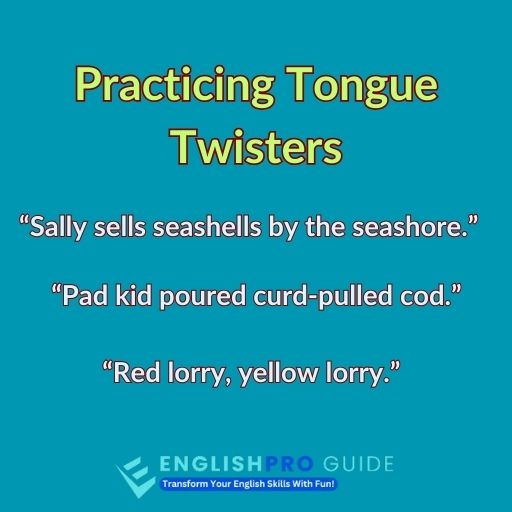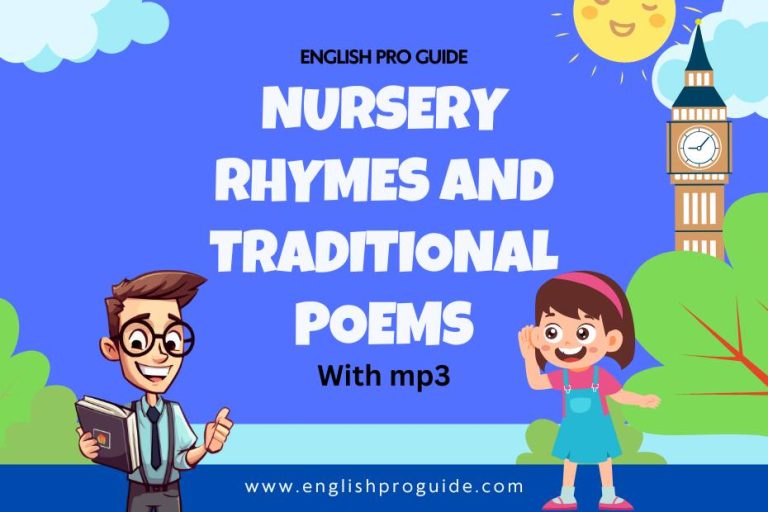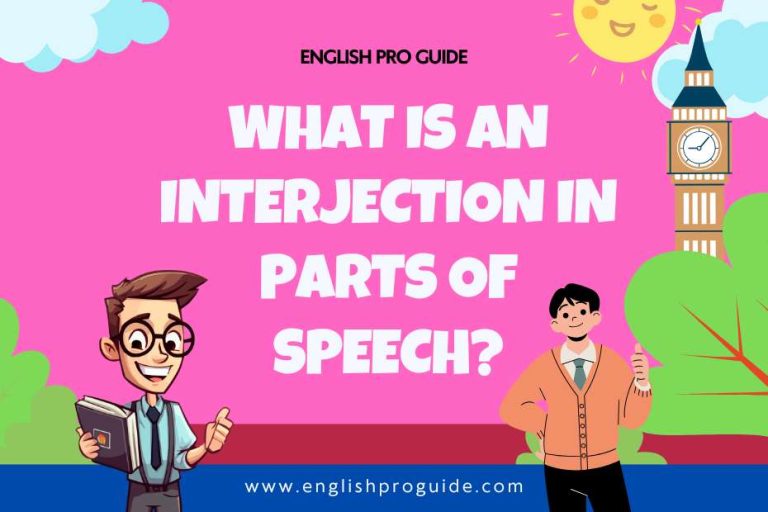Tongue Twisters for Better Pronunciation (Fun for Kids and Adults)
Have you ever fumbled over “She sells seashells by the seashore” or laughed at your own failed attempt at “Peter Piper picked a peck of pickled peppers”? While these playful phrases often leave us in fits of giggles, they are so much more than just a fun way to pass the time.
Tongue twisters double as secret tools for improving speech, sharpening pronouncements, and building confidence.
Whether you’re a kid looking for a new game or an adult aiming to polish your public speaking, this blog will guide you through what tongue twisters are, how they can benefit you, and the best tips to master them like a pro.
Are you ready to twist your tongue? Let’s get started!
What Are Tongue Twisters?

At their core, tongue twisters are phrases packed with similar (and sometimes nearly impossible-to-say!) sounds designed to challenge your ability to articulate.
What makes them unique is their ability to twist and tie our tongues into knots. But don’t dismiss their playful nature—they’re fantastic tools for improving speech clarity and honing articulation skills!
Take, for instance, the phrase:
- “How can a clam cram in a clean cream can?”
Try saying that quickly without tripping! It may seem impossible at first, but those repetitions will work wonders for your speech over time.
Types of Tongue Twisters
Not all tongue twisters are created equal. Depending on your goals, they can focus on specific sounds, vary in length, or range in difficulty.
Here’s a quick overview of the different kinds of tongue twisters:
| Type of Tongue Twister | Example |
|---|---|
| Sound-specific (e.g., “s” sounds) | “Sally sells seashells by the seashore.” |
| Short and sweet | “Pad kid poured curd-pulled cod.” |
| Long and complex | “How much wood would a woodchuck chuck if a woodchuck could chuck wood?” |
Tongue twisters help improve speech clarity by forcing you to pronounce each challenging word clearly and accurately. They’re also ideal articulation exercises that strengthen the muscles in your tongue, lips, and jaw.
Now that we’ve laid the foundation, let’s explore why practicing these verbal puzzles is worth your time.
Benefits of Practicing Tongue Twisters
Tongue twisters aren’t just about laughs (though that’s a great bonus!). They come loaded with practical benefits for anyone looking to level up their communication skills. Here’s how practicing them can work wonders for your speech and even your confidence.
1. Strengthen Speech Muscles
Think of tongue twisters as a workout for your mouth. With every repetition, your tongue, lips, and jaw grow stronger and more coordinated. This translates to clearer speech and better control during conversations—or even a high-pressure presentation.
2. Improve Speech Clarity
Ever slurred your words or mumbled during a meeting? Tongue twisters demand precision. As you master them, you naturally develop the habit of speaking slowly and articulately.
For example, repeating “Fred fed Ted bread, and Ted fed Fred bread” can make a noticeable difference!
3. Master Difficult Sounds
Some sounds, like “th” or “r,” trip people up. With tongue twisters, you can laser-focus on these tricky bits. Struggling with “r”? Try “Red lorry, yellow lorry.” Battling “th”? “Three free throws.” Over time, the awkwardness fades away, making you a more confident communicator.
4. Boost Cognitive Skills
Believe it or not, tongue twisters don’t just improve speech—they also exercise your mind! Recalling long, complex phrases while focusing on your diction sharpens multitasking skills and boosts mental agility.
5. Warm Up Your Voice
Actors, singers, and public speakers swear by tongue twisters to warm up their vocal cords and improve breathing control. Phrases like “Toy boat, toy boat” prepare voices for clear, confident delivery.
6. Build Confidence
Conquering a tricky tongue twister feels like winning at a game, and that sense of achievement can carry over to real-world scenarios. Whether at school, work, or even a karaoke session, tongue twisters boost self-esteem and reduce fear of flubbing your words under pressure.
7. Make Learning Fun
Unlike repetitive language drills, tongue twisters turn learning into a game. How can it feel frustrating when you’re laughing at your own failed attempts at “rubber baby buggy bumpers”? The more fun you have, the easier it is to stick with the practice!
Here’s a quick table of key benefits to keep things simple:
| Benefit | How It Helps |
|---|---|
| Muscle strength | Builds agility and endurance for oral muscles. |
| Speech clarity | Promotes precision and eliminates mumbles. |
| Pronunciation mastery | Targets tricky sounds to achieve smooth fluency. |
| Cognitive skills | Exercises memory and multitasking abilities. |
| Vocal cord preparation | Warms up your voice before public speaking or performance. |
| Confidence building | Boosts self-esteem in communication scenarios. |
| Fun and engagement | Makes improving speech a playful challenge. |
Now that you know the “why,” it’s time to learn the “how.”
Read More: Accuplacer Practice Test Sentence Skills
Tips and Techniques for Mastering Tongue Twisters
Mastering tongue twisters isn’t about rushing through with speed—it’s about mastering clarity, one sound at a time. Here are a few tried-and-tested techniques to help you tackle even the toughest twisters.
1. Start Slow
Begin by saying the twister slowly and clearly, focusing on each syllable. For instance, if you’re practicing “She sells seashells by the seashore,” break it down into smaller chunks like this:
- “She sells.”
- “Seashells by the.”
- “Seashore.”
Once you have each section sounding perfect, try combining them.
2. Identify Problem Sounds
Pinpoint which sounds give you trouble, then address those specifically. Struggling with “t” and “d”? Use phrases like “Ted’s dog dug deep.” Working on “sh”? Try “Sheep shouldn’t sleep on shiny sheets.”
3. Repetition is Key
Practice makes perfect, and tongue twisters are no exception. Aim to repeat each phrase multiple times daily until it feels natural.
4. Break It Down
Take long tongue twisters and split them into manageable parts. For example:
- “How much wood…/would a woodchuck chuck…/if a woodchuck could chuck wood.”
This removes the intimidation factor, making it easier to conquer.
5. Track Your Progress
Record your attempts and listen back to catch mispronunciations. Or stand in front of a mirror to evaluate your mouth movements. This allows you to adjust and improve with each session.
6. Practice Every Day
Make it a habit! Incorporate tongue twisters into your daily routine—whether during your morning commute, while brushing your teeth, or just for fun with friends.
7. Have Fun With It
Challenge your family or friends to see who can say “Red lorry, yellow lorry” without stumbling. Shared laughs make the process enjoyable and motivate you to keep practicing.
Here’s a handy table of tips for easy reference:
| Technique | How to Apply It |
|---|---|
| Start slow | Focus on syllable clarity before adding speed. |
| Address tricky sounds | Practice sounds that challenge you the most. |
| Repeat often | Build muscle memory and pronunciation fluency. |
| Break phrases into sections | Handle complex twisters in smaller chunks. |
| Track your progress | Record yourself or practice in front of a mirror. |
| Practice daily | Make it a consistent part of your routine. |
| Make it fun | Practice with friends for added enjoyment. |
Read More: What Is an Interjection in Parts of Speech?
FAQs About Tongue Twisters for Better Pronunciation
Q1. Do tongue twisters help with accents?
Absolutely! Consistent practice can neutralize strong accents by teaching your mouth to form sounds more accurately.
Q2. Can kids and adults benefit equally?
Yes! For kids, tongue twisters improve speech clarity and language skills. For adults, they refine pronunciation and boost confidence.
Q3. Should I focus on speed or accuracy?
Always prioritize accuracy. Speed will follow naturally with practice.
Q4. Do tongue twisters really help with stuttering?
While they’re not a cure, tongue twisters improve rhythm and speech control, which can help people who stutter feel more confident.
Q5. How often should I practice?
Even five minutes a day is enough to make noticeable progress.
Wrapping It All Up
Tongue twisters are more than amusing phrases—they’re powerful tools for enhancing pronunciation, speech clarity, and confidence. They’re a fun challenge for kids, a valuable warm-up for professionals, and an excellent skill-builder for anyone learning English.
Whether you want to laugh, learn, or lead a flawless presentation, tongue twisters are here to help. Now it’s your turn—pick your favorite phrase and give it a go!
Are you ready to twist your tongue to perfection?






